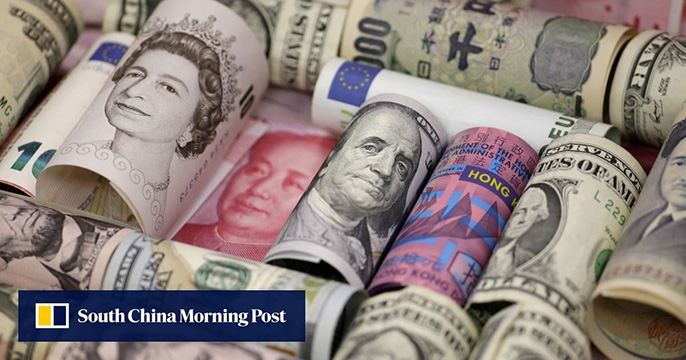
The Chinese yuan’s share in global payments hit a record high in July, a milestone in Beijing’s efforts to fend off the hegemony of the US dollar and increase its say in the international monetary system, ‘South China Morning Post’ informs.
The yuan kept its fourth-place spot in the ranking of payment currencies last month, with its share of global transactions rising to 4.74 per cent from 4.61 per cent in June. The increase was observed in data from the Society for Worldwide Interbank Financial Telecommunication (SWIFT), the world’s largest interbank messaging service.
It was the ninth consecutive month the Chinese currency has stayed above 4 per cent.
Swift payment data is a major indicator for the relative status of international currencies. Other metrics include frequency of use in foreign exchange markets, commodity trading and governments’ foreign reserves.
The data showed the value of payments settled in yuan increased by 13.4 per cent compared with June, outpacing the 10.3 per cent growth recorded across all currencies.
The world’s second-largest economy first encouraged the use of its currency in international trade settlements in 2009, part of its response to the global financial crisis.
A vast majority of China and Russia’s US$240 billion trade last year was settled in either yuan or roubles.
Beijing’s policymakers have continued to promote the yuan as an alternative currency in international trade, as the perceived weaponisation of the US dollar against Russia has sent chills through emerging markets. In response, countries such as Brazil have expressed a greater openness to accepting Chinese currency.
“Despite depreciation pressures, the yuan’s internationalisation has advanced this year, with its overseas use on the rise,” said Ding Shuang, chief Greater China economist at Standard Chartered Bank.
The yuan surpassed the Japanese yen as the world’s fourth most active currency in global payments in November 2023, following the US dollar, euro and pound sterling.
In July, the US dollar accounted for 47.8 per cent of global payments, followed by the euro at 22.5 per cent and the pound sterling at 7 per cent, SWIFT data showed.
The yuan also secured the No. 2 position in the trade finance market with a 6 per cent stake, higher than the euro’s 5.8 per cent and second to the US dollar’s considerable share of 83.2 per cent.
As the Global South looks to avoid overreliance on the US dollar amid rising geopolitical tensions, Ding said, the yuan is well-positioned to expand its global role.
read more in our Telegram-channel https://t.me/The_International_Affairs

 11:39 27.08.2024 •
11:39 27.08.2024 •






















